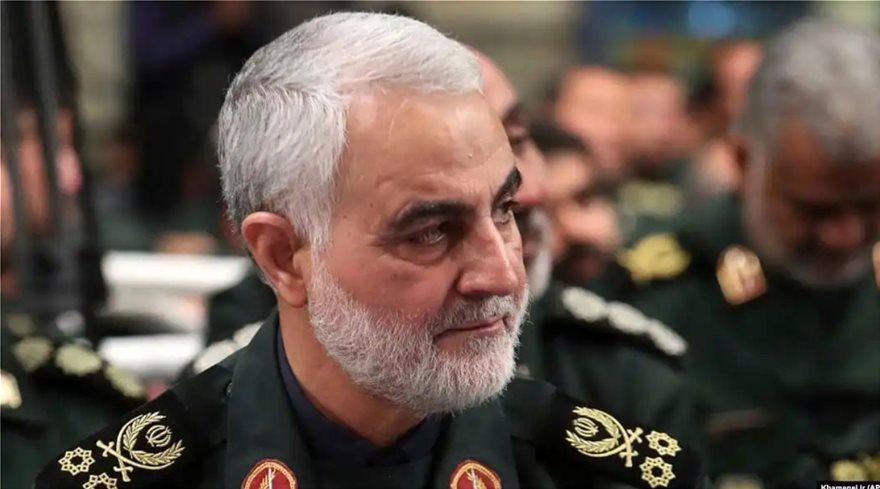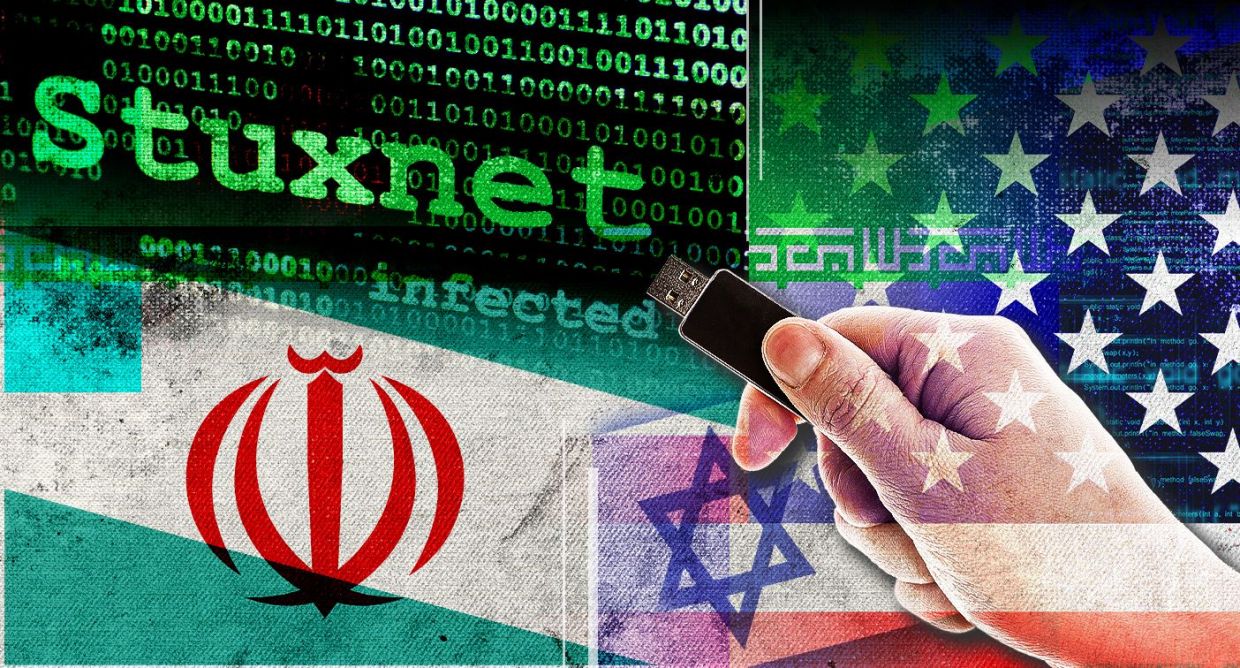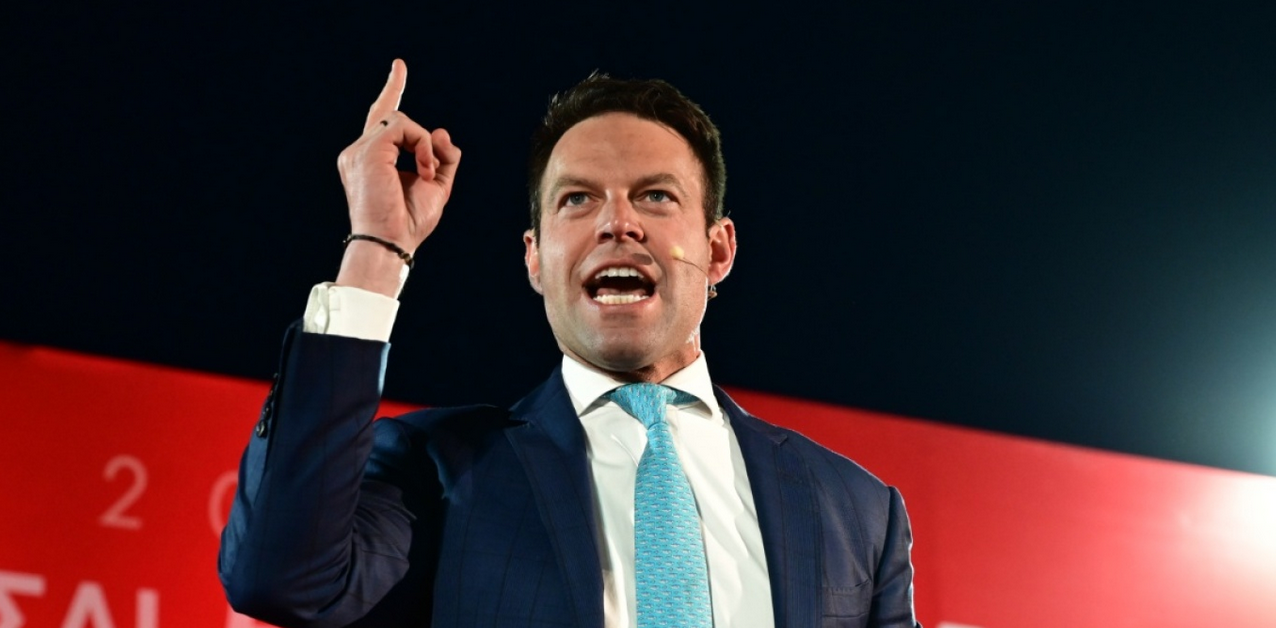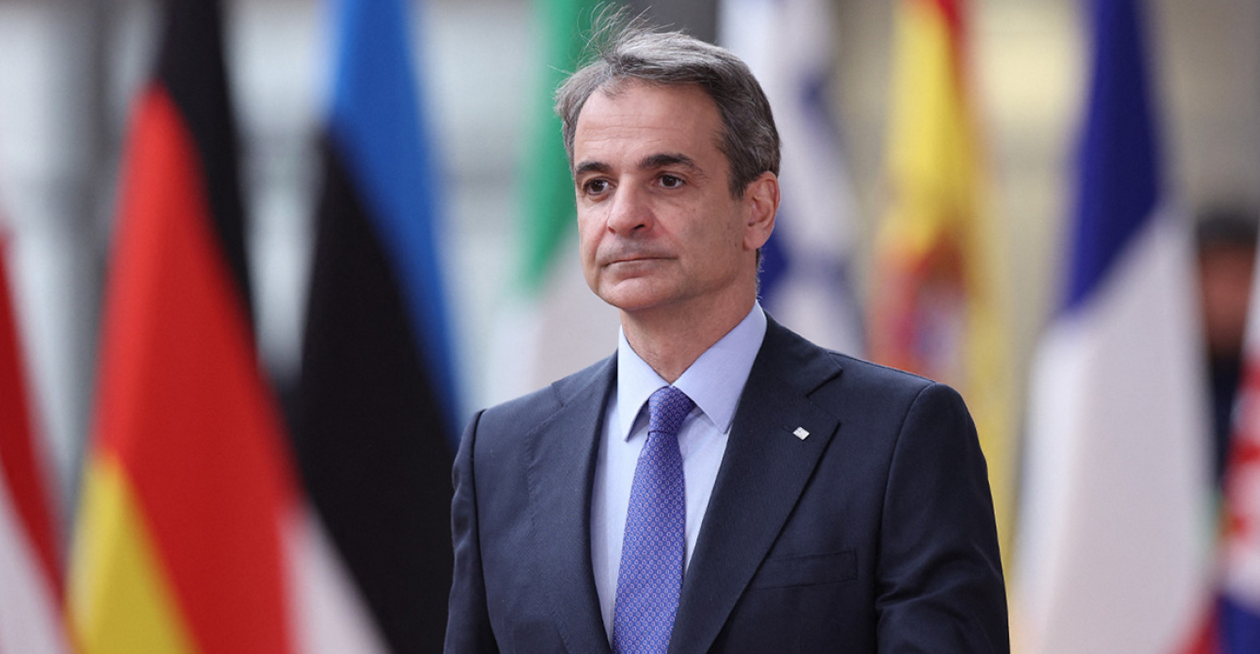hen nation-states engage in the bloody calculus of killing, the boundary between whom they can target and whom they can’t is porous. On January 3rd, the United States launched a drone strike that executed Major General Qassem Suleimani, the chief of Iran’s élite special-forces-and-intelligence unit, the Quds Force. He was one of Iran’s most powerful leaders, with control over paramilitary operations across the Middle East, including a campaign of roadside bombings and other attacks by proxy forces that had killed at least six hundred Americans during the Iraq War.
Since the Hague Convention of 1907, killing a foreign government official outside wartime has generally been barred by the Law of Armed Conflict. When the Trump Administration first announced the killing of Suleimani, officials declared that he had posed an “imminent” threat to Americans. Then, under questioning and criticism, the Administration changed its explanation, citing Suleimani’s role in an ongoing “series of attacks.” Eventually, President Trump abandoned the attempt at justification, tweeting that it didn’t “really matter,” because of Suleimani’s “horrible past.” The President’s dismissal of the question of legality betrayed a grim truth: a state’s decision to kill hinges less on definitive matters of law than on a set of highly malleable political, moral, and visceral considerations. In the case of Suleimani, Trump’s order was the culmination of a grand strategic gamble to change the Middle East, and the opening of a potentially harrowing new front in the use of assassination.






































